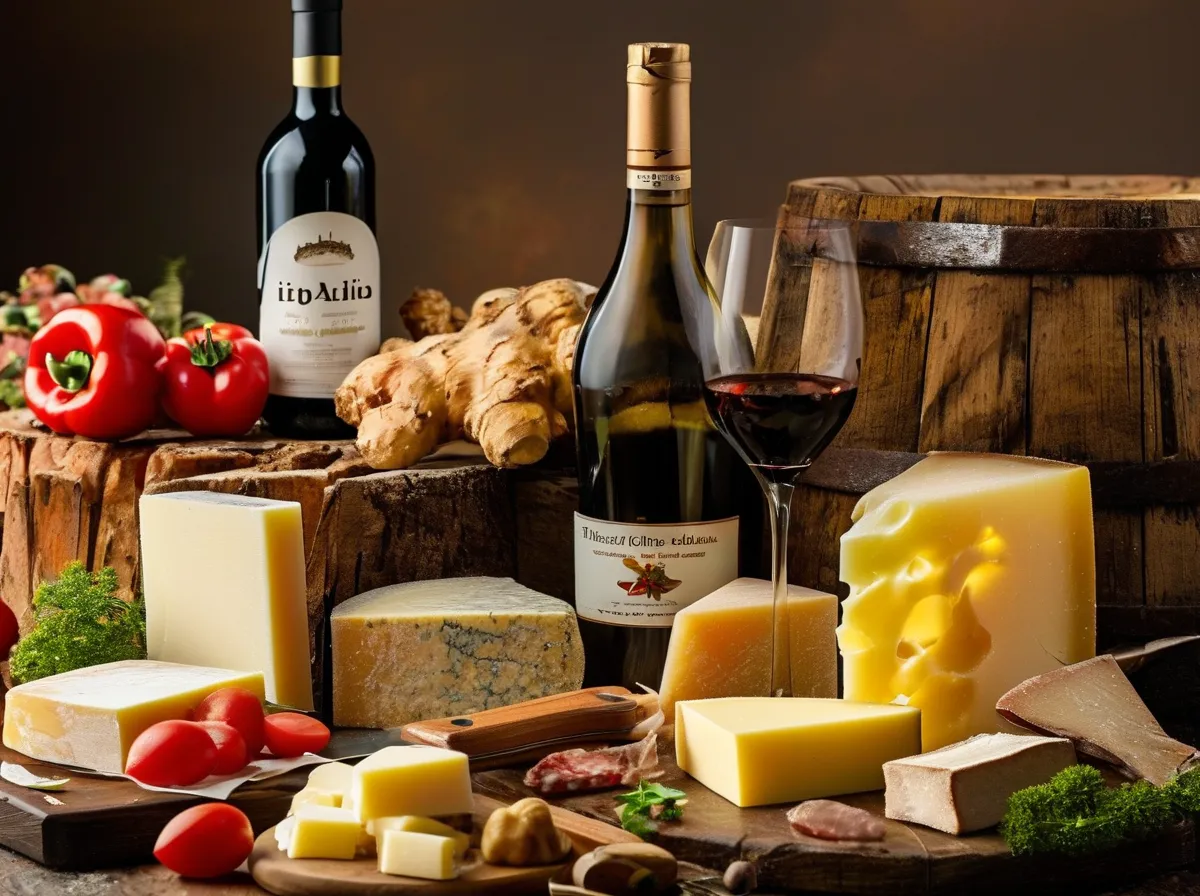The global appetite for authentic Italian cuisine shows no signs of slowing, with the country’s food and beverage exports reaching €60 billion in 2023—a 7% increase from the previous year (ISTAT). As consumers increasingly seek genuine culinary experiences, leading Italian brands are redefining gourmet standards by merging time-honored traditions with modern innovation. Here’s how industry giants are shaping the future while staying true to their roots.
Hyper-Regional Ingredients Take Center Stage
Top-tier producers are moving beyond generic “Italian-sourced” claims to highlight specific regional origins. Barilla’s recent launch of a PGI-certified (Protected Geographical Indication) durum wheat pasta line from Puglia exemplifies this shift. According to Nomisma research, 73% of global consumers now prioritize ingredient traceability, prompting brands like Filippo Berio to label olive oils with exact harvest locations in Tuscany or Sicily. This granularity appeals to gourmet shoppers willing to pay a premium—sales of hyper-regional products grew 22% YoY in specialty markets (NielsenIQ).
Sustainability as a Flavor Enhancer
Authenticity now intertwines with eco-conscious practices. Lavazza’s ¡Tierra! Organic coffee line, grown using regenerative agriculture techniques, saw a 31% sales surge in 2023. The trend extends to packaging: Mutti’s tomato tins now feature plant-based lacquers, reducing CO₂ emissions by 18% per unit. Notably, 68% of chefs surveyed by the Italian Culinary Institute confirm that sustainability initiatives directly influence their ingredient purchasing decisions.
Tech-Driven Quality Assurance
Artificial intelligence now safeguards tradition. Parmigiano Reggiano consortiums employ machine learning to analyze cheese wheel acoustics—a digital twist on the historic hammer-tapping quality test. Similarly, San Daniele prosciutto producers use IoT sensors to monitor curing room humidity with 0.1% precision. These innovations maintain Protected Designation of Origin (PDO) standards while boosting production efficiency by up to 40% (Bologna University Food Tech Report).
Reinventing Convenience Without Compromise
Time-poor gourmands are driving demand for premium ready-meals that retain artisanal qualities. Bertagni’s frozen tortellini filled with Porcini mushrooms from Piedmont achieved €15 million in first-year sales across US markets. Even Michelin-starred chefs like Massimo Bottura collaborate with industry leaders; his “Tortellini Academy” line for Academia Barilla reduced preparation time by 70% while maintaining handcrafted texture.
The Globalization Playbook: Localization Through Authenticity
As Eataly expands to 54 locations worldwide, its strategy reveals a blueprint: partner with local producers while keeping Italian oversight. Their Tokyo store sources 43% of ingredients from Japan but employs native Italian quality controllers. This hybrid approach increased customer retention rates by 29% compared to traditional import models (McKinsey Food Retail Analysis).
The Italian food industry’s €198 billion valuation (Coldiretti 2024) stems from balancing innovation with irreplicable heritage. As consumer literacy grows, success lies not in chasing trends but in deepening connections between land, tradition, and modern dining rituals. Brands that master this triad—like Giovanni Rana’s blockchain-tracked ravioli or Illy’s climate-positive espresso—aren’t just selling products; they’re curating edible cultural legacies. For food businesses worldwide, the lesson is clear: authenticity isn’t a limitation—it’s the ultimate competitive edge when paired with strategic evolution.

Leave a Reply